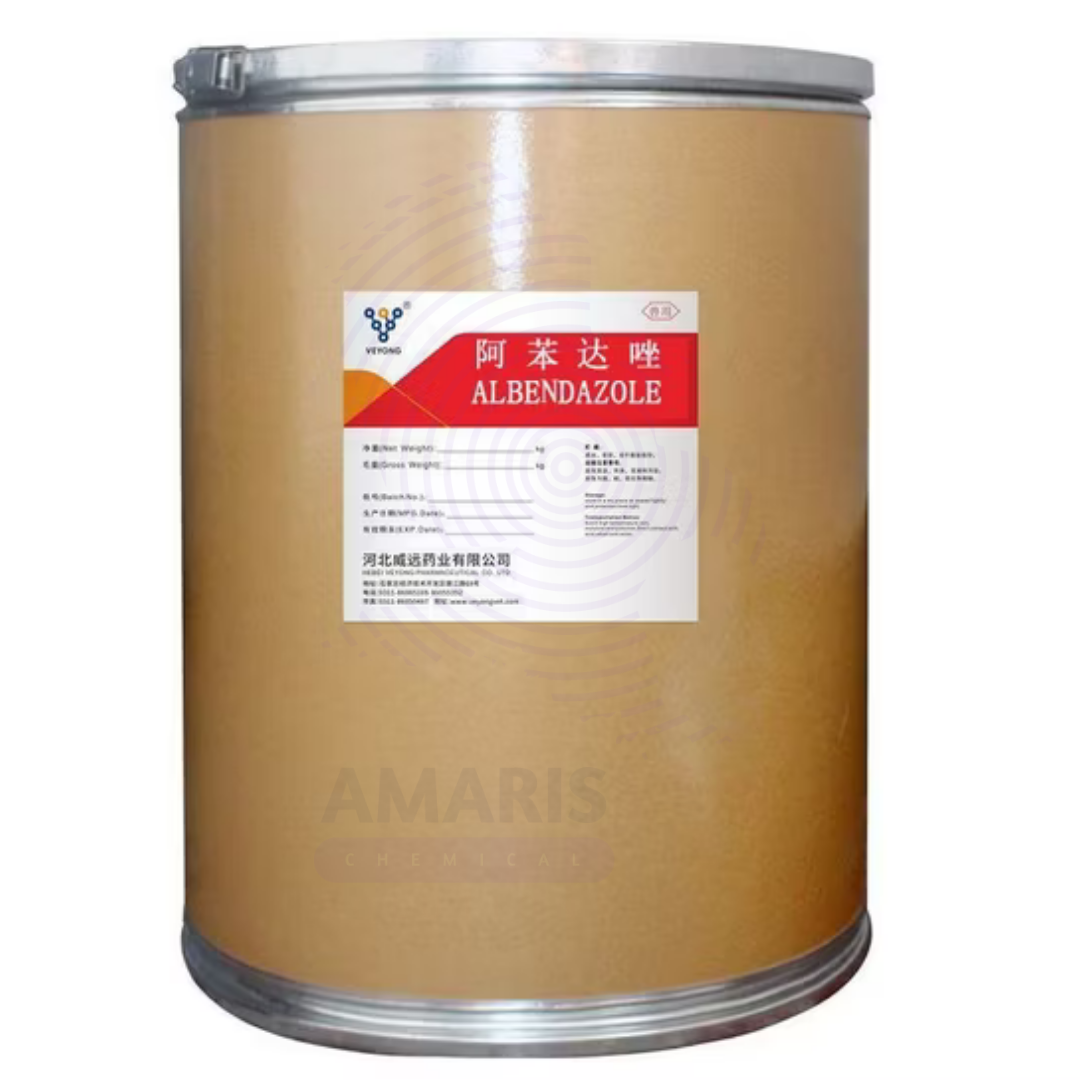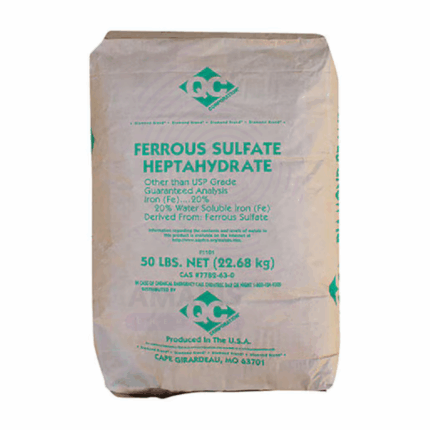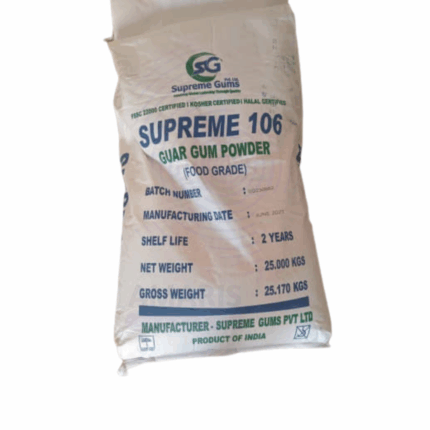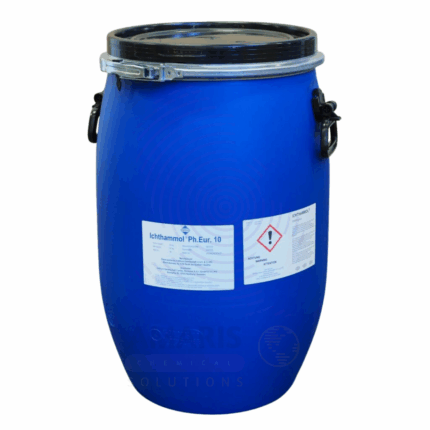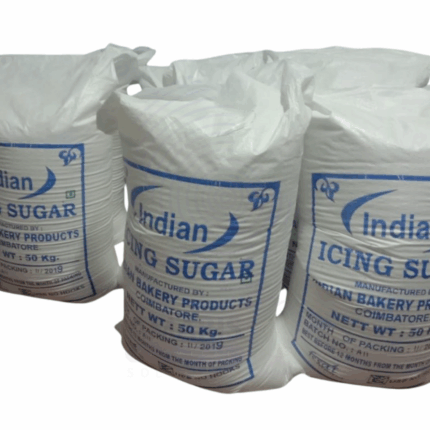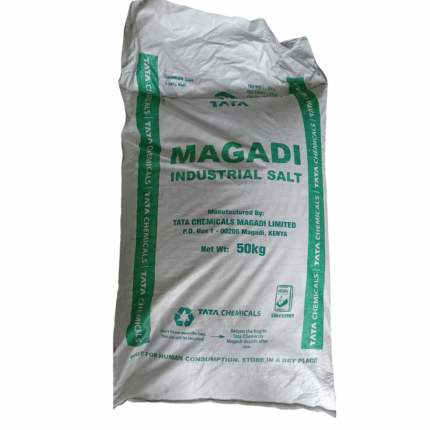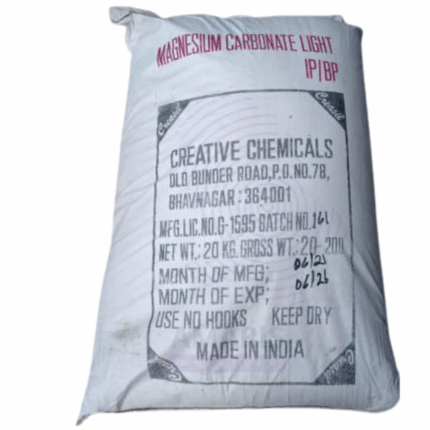“Disodium Hydrogen Phosphate” has been added to your cart. View cart
Back to products
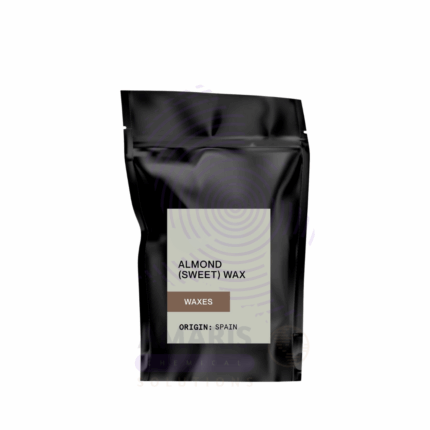

Almond Wax
$ 6.00 Original price was: $ 6.00.$ 5.80Current price is: $ 5.80.
Albendazole Raw Material
$ 5.00 Original price was: $ 5.00.$ 4.58Current price is: $ 4.58.
Whatsapp Order
Albendazole Raw Material is a broad-spectrum benzimidazole anthelmintic drug substance used as the active pharmaceutical ingredient (API) in human and veterinary medicine. This white to off-white crystalline powder exhibits potent activity against a wide range of parasitic worms including nematodes, cestodes, and trematodes. As a raw material, it meets pharmacopeial standards (USP/EP) with typical purity ≥99.0%. Albendazole works by selectively binding to parasite β-tubulin, inhibiting microtubule polymerization and causing energy depletion in helminths.
Description
Table of Contents
Toggle
Albendazole Raw Material
Primary Uses
- Manufacturing of Human Anthelmintic (Deworming) Medication
- Treats intestinal parasites (e.g., roundworms, tapeworms, hookworms).
- Used for neurocysticercosis (brain tapeworm infection) and hydatid disease (liver/lung cysts).
- Manufacturing of Veterinary Medicine
- Deworming livestock (cattle, sheep, goats) and pets (dogs, cats).
- Controls gastrointestinal nematodes and lungworms.
- Pharmaceutical Manufacturing
- Raw material for albendazole tablets, suspensions, and chewables.
Secondary Uses
- Aquaculture
- Occasionally used to treat parasitic infections in fish.
- Research & Development
- Studied for anti-cancer properties (inhibits microtubule formation).
- Agriculture (Limited Use)
- Experimental use as a plant anti-parasitic agent (not widely adopted).
PRODUCT KEY ATTRIBUTES
1. Basic Identification Attributes
- Chemical Name: Methyl [5-(propylthio)-1H-benzimidazol-2-yl]carbamate (IUPAC)
- CAS Number: 54965-21-8
- HS Code: 2933.99.90 (Other heterocyclic compounds)
- Molecular Formula: C₁₂H₁₅N₃O₂S
- Synonyms:
- Albendazol (INN)
- Zentel® (brand name)
- Valbazen® (veterinary brand)
- 5-(Propylthio)-2-carbomethoxyaminobenzimidazole
2. Physical & Chemical Properties
- Physical State: White to off-white crystalline powder
- Color & Odor: White; odorless or faint characteristic odor
- Melting Point: 208-210°C (decomposes)
- Boiling Point: Not applicable (decomposes before boiling)
- Density: ~1.3 g/cm³ (estimated)
- Solubility:
- Water: Practically insoluble (<0.1 mg/mL at 25°C)
- DMSO: Soluble (~50 mg/mL)
- Methanol: Slightly soluble
- Chloroform: Slightly soluble
- pH Level: Neutral (in suspension)
- Vapor Pressure: Negligible at room temperature
- Partition Coefficient (log P): 3.5 (octanol/water)
- Dissociation Constant (pKa): 4.6 (weak base)
3. Safety & Hazard Attributes
- Hazard Class:
- GHS Classification: Harmful if swallowed (H302)
- Not classified as mutagenic or carcinogenic (per IARC)
- NFPA Ratings:
- Health: 2
- Flammability: 1
- Reactivity: 0
- Exposure Limits:
- OSHA PEL: Not established
- ACGIH TLV: Not established
- Reactivity:
- Stable under normal conditions
- Incompatible with strong oxidizing agents
4. Storage & Handling Attributes
- Storage Conditions:
- Store in tightly closed containers
- Temperature: 15-30°C
- Protect from light and moisture
- Incompatible Materials:
- Strong oxidizers
- Strong acids/bases
- Container Type:
- Well-closed glass or polyethylene containers
- Aluminum foil bags for bulk quantities
- Shelf Life:
- Typically 24-36 months when stored properly
- Special Handling:
- Use appropriate PPE (gloves, dust mask, eye protection)
- Avoid dust formation
- Handle in well-ventilated area
5. Regulatory & Compliance Attributes
- Regulatory Status:
- WHO Essential Medicine
- FDA Approved (veterinary and human use)
- EP/JP/USP compliant
- Listed in many national pharmacopeias
- Hazard Symbols:
- GHS07 (Exclamation mark)
- Transportation Restrictions:
- Not classified as dangerous goods for transport
- No UN number required
- Waste Disposal:
- Dispose as pharmaceutical waste
- Incineration recommended
6. Environmental & Health Impact
- Ecotoxicity:
- LC50 (fish): >100 mg/L (practically non-toxic)
- EC50 (daphnia): >100 mg/L
- Persistence:
- Moderately persistent in environment
- DT50 in soil: ~30-60 days
- Carcinogenicity:
- IARC: Not classified
- NTP: Not listed
- EPA: Not classified
- Biodegradability:
- Not readily biodegradable
- Potential to persist in aquatic environments
SAFETY HANDLING
1. Safety Precautions
Personal Protective Equipment (PPE)
- Respiratory Protection: Use an N95 mask or half-face respirator when handling powder to avoid inhalation.
- Eye Protection: Wear safety goggles to prevent eye contact.
- Skin Protection: Use nitrile or chemical-resistant gloves and a lab coat/apron.
- Hygiene Measures: Avoid eating, drinking, or smoking in the work area. Wash hands thoroughly after handling.
Handling & Storage
- Storage: Keep in a cool, dry, well-ventilated area, away from direct sunlight and moisture.
- Avoid Dust Formation: Use closed systems or local exhaust ventilation when transferring powder.
- Incompatibilities: Keep away from strong oxidizers, acids, and bases.
Spill Management
- Small Spills: Dampen with water and collect with an absorbent material (e.g., paper towels).
- Large Spills: Use a HEPA vacuum (do not sweep dry powder).
2. First Aid Measures
Inhalation
- Move to fresh air immediately.
- If breathing is difficult, administer oxygen and seek medical attention.
Skin Contact
- Remove contaminated clothing.
- Wash skin with soap and water for at least 15 minutes.
- If irritation persists, consult a doctor.
Eye Contact
- Rinse immediately with plenty of water for at least 15 minutes (hold eyelids open).
- Seek medical attention if irritation continues.
Ingestion
- Do NOT induce vomiting.
- Rinse mouth and drink plenty of water.
- Seek immediate medical help (albendazole can cause systemic toxicity if ingested in large amounts).
3. Firefighting Measures
Flammability
- Albendazole powder is not highly flammable, but organic dust can combust under certain conditions.
- Auto-Ignition Temperature: Not well-documented, but avoid high heat.
Extinguishing Media
- Small Fires: Use water spray, dry chemical powder, or CO₂.
- Large Fires: Use alcohol-resistant foam or water fog.
Firefighting Precautions
- Wear self-contained breathing apparatus (SCBA) due to potential toxic fumes (e.g., nitrogen oxides, carbon monoxide).
- Cool containers with water spray to prevent rupture.
Related products
Disodium Hydrogen Phosphate Dihydrate (Na₂HPO₄·2H₂O)
Disodium Hydrogen Phosphate Dihydrate is the hydrated form of disodium hydrogen phosphate, a white crystalline powder commonly used as a buffering agent, emulsifier, and sequestrant. The dihydrate form contains two water molecules per formula unit, which affects its physical properties such as melting point and solubility. It is widely applied in food, pharmaceutical, water treatment, and industrial processes to maintain pH stability, improve texture, and supply essential sodium and phosphate ions.
Ferrous Sulphate Heptahydrate
Ferrous Sulphate Heptahydrate, also known as iron(II) sulfate heptahydrate, is a pale green crystalline solid containing seven molecules of water of crystallization (FeSO₄·7H₂O). It is a widely used inorganic iron compound characterized by its high iron content (approximately 20% Fe) and good solubility in water. This hydrated salt is commonly used in agriculture, pharmaceuticals, water treatment, and various industrial processes. The heptahydrate form is preferred for many applications due to its stability, ease of handling, and cost-effectiveness.
Guar Gum
Guar Gum is a natural polysaccharide extracted from the endosperm of the guar bean (Cyamopsis tetragonoloba). It appears as an off-white to cream-colored powder with a neutral odor and bland taste. Guar Gum is a galactomannan composed mainly of mannose and galactose units, known for its excellent water-binding, thickening, and stabilizing properties. It forms highly viscous solutions even at low concentrations, making it a versatile hydrocolloid used widely across food, pharmaceutical, cosmetic, oilfield, and industrial applications.
Ichthammol BP98
Ichthammol BP98, also known as ammonium bituminosulfonate, is a dark brown to black, viscous, sulfur-rich, semi-solid substance derived from the distillation of shale or bituminous rocks. It has a characteristic tar-like odor and is highly valued in pharmaceutical and dermatological applications for its anti-inflammatory, antiseptic, antipruritic (anti-itch), and keratolytic properties. Ichthammol penetrates deeply into the skin and soft tissues, helping to alleviate inflammation and promote healing. It is widely used in topical preparations for treating skin conditions such as eczema, psoriasis, boils, abscesses, and other dermatological infections.
Icing Sugar Super refined
Icing Sugar Super refined, also known as powdered sugar or confectioners' sugar, is a finely ground white sugar produced by milling granulated sugar into a smooth, powdery form. This grade of icing sugar has an ultra-fine texture with a particle size typically less than 50 microns, ensuring quick solubility and a smooth finish. It often contains a small percentage of anti-caking agent such as cornstarch or tricalcium phosphate to prevent clumping. Super refined icing sugar is widely used in baking, confectionery, and food processing industries for its fast-dissolving and smooth blending characteristics.
Industrial Salt
Industrial Salt, chemically known as Sodium Chloride (NaCl), is a high-purity crystalline compound widely used across industrial, chemical, agricultural, and water treatment applications. It appears as white to off-white crystalline granules or powder, depending on the grade and particle size. Industrial Salt is an essential raw material in numerous chemical processes, including chlor-alkali production, de-icing, textile dyeing, and water softening. Its versatility and cost-effectiveness make it indispensable in large-scale operations.
Magnesium Carbonate Light
Magnesium Carbonate Light is a fine, white, odorless powder primarily composed of magnesium carbonate (MgCO₃). It is characterized by its light texture and high purity. This mineral compound is widely used across various industries due to its excellent absorption properties, mild alkalinity, and non-toxic nature. Magnesium Carbonate Light is commonly employed as an antacid, drying agent, filler, and flow aid in food, pharmaceutical, cosmetic, and industrial applications.
Vitamin K3
Vitamin K3, chemically known as Menadione, is a synthetic, fat-soluble vitamin used primarily in animal nutrition and some pharmaceutical applications. Unlike Vitamins K1 and K2, Vitamin K3 does not occur naturally but is a stable precursor that the body (or animal body) can convert into active forms of Vitamin K. It plays a critical role in blood clotting, bone metabolism, and cellular health. Vitamin K3 is usually available as Menadione Sodium Bisulfite (MSB) or Menadione Nicotinamide Bisulfite (MNB) for enhanced solubility and stability.


 Preservatives(food)
Preservatives(food) Flavor Enhancers
Flavor Enhancers Acidulants
Acidulants Sweeteners
Sweeteners Antioxidants
Antioxidants Colorants(food)
Colorants(food) Nutraceutical Ingredients (food)
Nutraceutical Ingredients (food) Nutrient Supplements
Nutrient Supplements Emulsifiers
Emulsifiers
 Collectors
Collectors Dust Suppressants
Dust Suppressants Explosives and Blasting Agents
Explosives and Blasting Agents Flocculants and Coagulants
Flocculants and Coagulants Frothers
Frothers Leaching Agents
Leaching Agents pH Modifiers
pH Modifiers Precious Metal Extraction Agents
Precious Metal Extraction Agents
 Antioxidants(plastic)
Antioxidants(plastic) Colorants (Pigments, Dyes)
Colorants (Pigments, Dyes) Fillers and Reinforcements
Fillers and Reinforcements Flame Retardants
Flame Retardants Monomers
Monomers Plasticizers
Plasticizers Polymerization Initiators
Polymerization Initiators Stabilizers (UV, Heat)
Stabilizers (UV, Heat)
 Antifoaming Agents
Antifoaming Agents Chelating Agents
Chelating Agents Coagulants and Flocculants
Coagulants and Flocculants Corrosion Inhibitors
Corrosion Inhibitors Disinfectants and Biocides
Disinfectants and Biocides Oxidizing Agents
Oxidizing Agents pH Adjusters
pH Adjusters Scale Inhibitors( water)
Scale Inhibitors( water)
 Antioxidants(cosmetic)
Antioxidants(cosmetic) Emollients
Emollients Fragrances and Essential Oils
Fragrances and Essential Oils Humectants
Humectants Preservatives
Preservatives Surfactants(cosmetic)
Surfactants(cosmetic) Thickeners
Thickeners UV Filters
UV Filters
 Fertilizers
Fertilizers Soil Conditioners
Soil Conditioners Plant Growth Regulators
Plant Growth Regulators Animal Feed Additives
Animal Feed Additives Biostimulants
Biostimulants Pesticides (Herbicides, Insecticides, Fungicides)
Pesticides (Herbicides, Insecticides, Fungicides)
 Active Pharmaceutical Ingredients (APIs)
Active Pharmaceutical Ingredients (APIs) Excipients
Excipients Solvents(pharmaceutical)
Solvents(pharmaceutical) Antibiotics
Antibiotics Antiseptics and Disinfectants
Antiseptics and Disinfectants Vaccine Adjuvants
Vaccine Adjuvants Nutraceutical Ingredients (pharmaceutical)
Nutraceutical Ingredients (pharmaceutical) Analgesics & Antipyretics
Analgesics & Antipyretics
 Analytical Reagents
Analytical Reagents Solvents(lab)
Solvents(lab) Chromatography Chemicals
Chromatography Chemicals Spectroscopy Reagents
Spectroscopy Reagents microbiology-and-cell-culture-reagents
microbiology-and-cell-culture-reagents Molecular Biology Reagents
Molecular Biology Reagents Biochemical Reagents
Biochemical Reagents Inorganic and Organic Standards
Inorganic and Organic Standards Laboratory Safety Chemicals
Laboratory Safety Chemicals Specialty Laboratory Chemicals(Special Laboratory Equipment)
Specialty Laboratory Chemicals(Special Laboratory Equipment)
 Demulsifiers
Demulsifiers Hydraulic Fracturing Fluids
Hydraulic Fracturing Fluids Scale Inhibitors(oil)
Scale Inhibitors(oil) Surfactants(oil)
Surfactants(oil) Drilling Fluids
Drilling Fluids
 Dyes and Pigments
Dyes and Pigments Bleaching Agents
Bleaching Agents Softening Agents
Softening Agents Finishing Agents
Finishing Agents Antistatic Agents
Antistatic Agents
 Admixtures
Admixtures Waterproofing Agents
Waterproofing Agents Sealants and Adhesives
Sealants and Adhesives Curing Compounds
Curing Compounds Concrete Repair Chemicals
Concrete Repair Chemicals Anti-Corrosion Coatings
Anti-Corrosion Coatings
 Surfactants(cleaning)
Surfactants(cleaning) Builders
Builders Enzymes
Enzymes Solvents (Cleaning)
Solvents (Cleaning) Fragrances
Fragrances
 Electronic Chemicals
Electronic Chemicals Catalysts
Catalysts Lubricants
Lubricants Photographic Chemicals
Photographic Chemicals Refrigerants
Refrigerants Automotive chemicals
Automotive chemicals Pyrotechnic Chemicals
Pyrotechnic Chemicals
 Biodegradable Surfactants
Biodegradable Surfactants Bio-based Solvents
Bio-based Solvents Renewable Polymers
Renewable Polymers Carbon Capture Chemicals
Carbon Capture Chemicals Wastewater Treatment Chemicals
Wastewater Treatment Chemicals
 Pigments
Pigments Solvents(paint)
Solvents(paint) Specialty Coatings
Specialty Coatings Binders/Resins
Binders/Resins Additives
Additives Driers
Driers Anti-Corrosion Agents
Anti-Corrosion Agents Functional Coatings
Functional Coatings Application-Specific Coatings
Application-Specific Coatings
 Fresh Herbs
Fresh Herbs Ground Spices
Ground Spices Whole Spices
Whole Spices Spice Blends
Spice Blends Dried Herbs
Dried Herbs
 Leavening Agents
Leavening Agents Dough Conditioners
Dough Conditioners Flour Treatments
Flour Treatments Fat Replacers
Fat Replacers Decoratives
Decoratives Preservatives(baking)
Preservatives(baking)
 Plasticizers & Softeners
Plasticizers & Softeners Reinforcing Agents
Reinforcing Agents Adhesion Promoters
Adhesion Promoters Vulcanizing Agents
Vulcanizing Agents Antidegradants
Antidegradants Blowing Agents
Blowing Agents Fillers & Extenders
Fillers & Extenders Accelerators & Retarders
Accelerators & Retarders